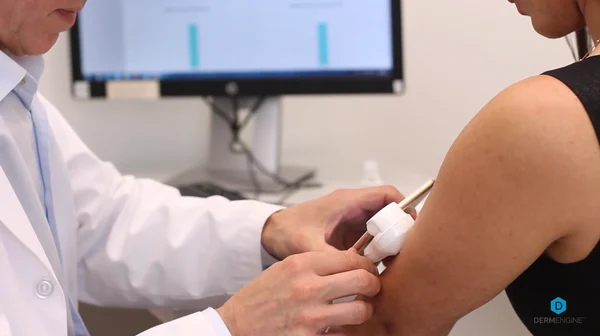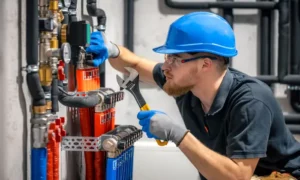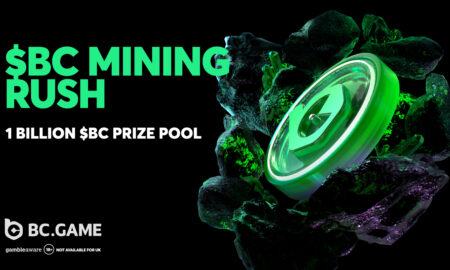Technology is making a huge impact on healthcare and dermatology, making treatments faster, more precise, and easier to access. From AI-powered skin analysis to laser treatments and telemedicine, here are some of the ways it’s improving skin health and patient care.
AI and Smart Diagnostics
Artificial intelligence is helping doctors detect skin conditions like acne, eczema, and even skin cancer earlier than ever. AI-powered apps can analyze photos of moles or rashes and suggest whether someone should see a dermatologist, making early detection much easier.
Virtual Consultations and Telemedicine
No need to wait weeks for an appointment—telemedicine allows people to connect with dermatologists from home. Patients can send photos of their skin concerns, get prescriptions, and receive treatment plans without stepping into a clinic. It’s especially helpful for busy people or those in remote areas.
Laser and Light Therapy
Lasers have come a long way in treating acne scars, wrinkles, pigmentation, and even unwanted hair. Treatments like laser hair removal and intense pulsed light (IPL) offer quick results with minimal downtime. LED therapy is also popular for reducing inflammation and improving skin tone.
Wearable Skincare Tech
Smart devices are tracking skin health like never before. Wearable sensors can measure UV exposure, hydration levels, and even detect early signs of damage. These tools help people adjust their skincare routines and protect their skin from long-term issues.
3D Printing and Personalized Skincare
3D printing is being used to create custom face masks, prosthetics, and even skin grafts. Some skincare brands are even using AI to create personalized serums and creams based on skin type, taking customization to the next level.
Biotech Innovations in Skincare
Scientists are developing lab-grown collagen and stem cell-based skincare ingredients to improve anti-aging treatments and wound healing. These advancements make skincare products more effective while reducing the need for animal-derived ingredients.
Robotics and Minimally Invasive Procedures
Robotic-assisted procedures are helping with precision in dermatology, especially in hair transplants and skin surgeries. This technology reduces scarring and speeds up recovery times, making treatments safer and more efficient. Advanced robotic systems assist in follicle extraction, reducing human error and ensuring natural-looking results. They also help in delicate skin surgeries by providing steady, precise movements. Automated systems analyze skin conditions, guiding dermatologists for better outcomes. AI-driven robotics improve graft survival rates and minimize tissue damage. Patients experience less discomfort and faster healing. As technology advances, robotic-assisted dermatology continues to enhance accuracy, safety, and overall patient satisfaction.
Electronic Health Records for Better Care
Gone are the days of lost paperwork—electronic health records make it easier for dermatologists to track patient history, prescriptions, and treatment plans in real time. These digital systems improve accuracy, reduce errors, and ensure seamless communication between healthcare providers. Doctors can quickly access lab results, monitor medication reactions, and update notes instantly. This leads to better coordination, faster decision-making for treatments, and improved patient outcomes. With built-in reminders, dermatologists can follow up on chronic conditions, schedule timely screenings, and adjust therapies as needed. Secure cloud storage also protects sensitive data while allowing easy access from multiple locations.



































